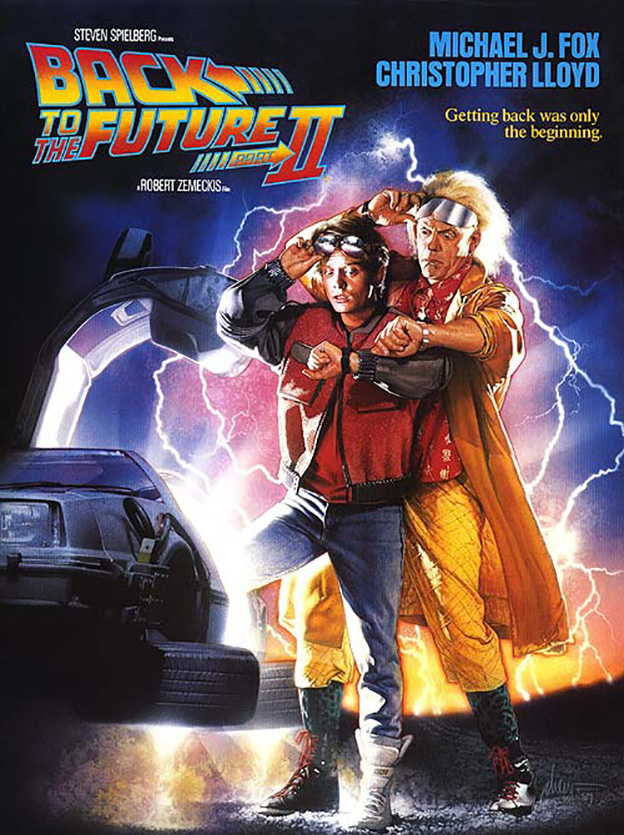‘Back to the Future Day’ predictions for the world of 2045

The world is celebrating Back To The Future Day.
Even the White House is marking Oct. 21, 2015 — the day fictional movie character Marty McFly traveled into the future in the film Back to the Future II.
Several articles are talking about the predictions and inventions that have come true in the 30 years since the film’s 1985 release. Think smart glasses, tablets, online banking and 3D movies.
But who made a lot of these cool inventions possible?
Engineers.
In the spirit of Back to the Future Day, we asked McMaster Engineering Dean Ishwar K. Puri to look into his ‘crystal ball’ and share his predictions for the future. Puri based his ideas on current research being done within the Faculty of Engineering.
Here are five ways a McMaster-inspired world might look over the next 30 years (i.e. 2045):
1. Unhackable driverless high performance electric vehicles are in common use. Researchers at the McMaster Automotive Research Centre are actively looking at the area of autonomous vehicles, hybrid electric cars and the safety critical software that will keep drivers safe.
2. 20/20 vision for everyone, including those who are vision-impaired, due to readily available therapies. Chemical engineer Heather Sheardown looks at ways to improve vision from improved drug delivery to artificial corneas.
3. Connected and safe work zones and manufacturing facilities through sensors, data, software and risk analysis. McMaster engineering researchers from several departments are looking at improving safety at construction sites to keeping data secure to planning for possible disasters, such as earthquakes.
4. Sustainable and hyper-efficient renewable energy networks in local communities. A team of 16 McMaster energy experts are exploring how a neighbourhood approach to energy generation and distribution may save more wasted heat.
5. Ubiquitous paper-based inexpensive sensors that detect contamination and enable food security, water quality and pharmaceutical integrity.
We dreamed of taking everyday paper and adding ways to detect, repel or deactivate some of the world’s most serious illnesses and toxins. Then we started doing it.

